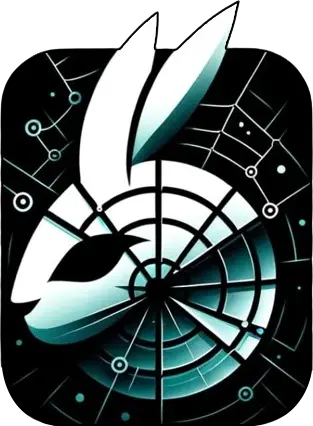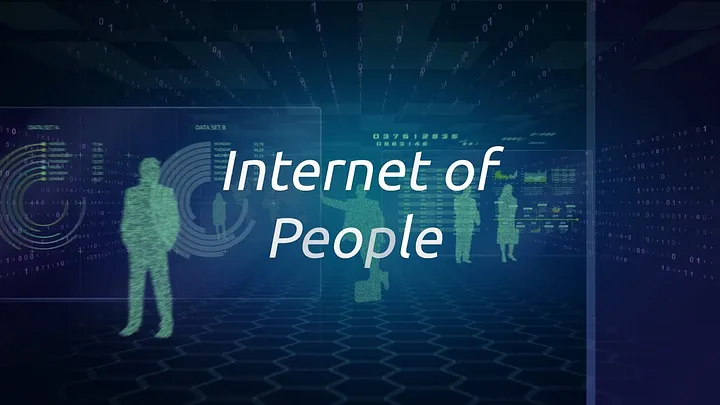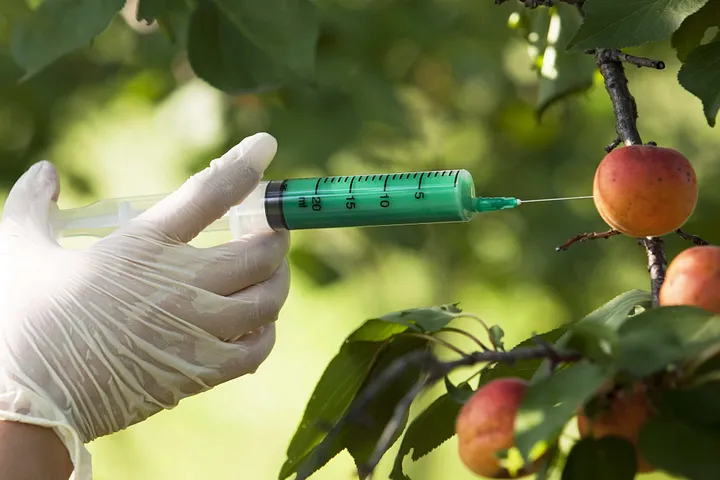Let’s start with a simple premise, shall we? The future has a knack for being more audacious than we predict. Remember when the internet was just a digital playground for academics? That feels like the equivalent of chiseling tweets into stone tablets now.
Today, we’re not merely spectators of the world wide web, but actors, producers, and directors of the grand spectacle that is the digital age. The stage, however, is primed for a new act. An act so audacious, it feels more like the storyline for an ambitious sci-fi series, but bear with me, because this is as real as it gets. We’re talking about nanotechnology and bioneural technology converging to create an ‘Internet of People.’
The Nano Juggernaut
First, let’s talk about nanotechnology, the science of the incredibly small. This realm of research exists at the scale of one to one hundred nanometers. For context, a single sheet of paper is about 100,000 nanometers thick. In this Lilliputian world, scientists manipulate individual atoms and molecules to create innovative materials and systems.
But the implications of nanotech go far beyond just making things small. It also allows for precision on a level that was previously inconceivable. This is particularly true in the field of medicine, where nanotech is revolutionizing drug delivery, diagnostics, and even surgical procedures.
Bioneural Tech, the Ghost in the Machine
Next, we have bioneural technology, the integration of biological material and artificial systems to mimic or augment the functionalities of the nervous system. This includes the development of brain-computer interfaces (BCIs), devices that allow for a direct communication pathway between the brain and an external device.
BCIs are nothing short of revolutionary. They have the potential to restore sensory and motor function, as well as cognitive abilities in individuals who have been affected by neurological disorders. They can also enhance human capabilities beyond their natural limits.
The Convergence: Nanotech, Bioneural Tech and the Internet of People
When you combine these two technologies, you get a potent cocktail that has the potential to redefine the boundaries between the biological and digital worlds. This convergence could create what we might call an “Internet of People” (IoP).
In the IoP, nanodevices, embedded within the human body, could monitor our health at the molecular level, providing real-time feedback to medical professionals and artificial intelligence systems. This would enable personalized treatments to be delivered precisely when and where they are needed, potentially revolutionizing healthcare and extending human lifespan.
Moreover, these nanodevices could be integrated with bioneural interfaces, linking our biological systems directly to digital networks. This could enable new forms of communication, beyond our current capabilities. Imagine sending a text or an email just by thinking about it, or downloading new skills directly into your brain.
Navigating the Hurdles
As tantalizing as this vision is, it is not without its challenges. First and foremost, there are significant technical hurdles to overcome. Developing reliable, safe, and efficient nanodevices and bioneural interfaces is a monumental task. Researchers are making progress, but we are still in the early stages of this technological journey.
Then there are the ethical considerations. The IoP would raise questions about privacy, autonomy, and even what it means to be human. If our thoughts can be read and our bodies monitored at the molecular level, how do we ensure that this technology is used responsibly? And how do we prevent it from being exploited?
The Future Beckons
Despite these challenges, the potential benefits of an IoP are too great to ignore. We are on the cusp of a revolution that could redefine healthcare, communication, and our very understanding of what it means to be human.
The Next Frontier: Nanotech-Enabled BCI
In the realm of nanotechnology, we’ve already seen how nanoparticles can be engineered to deliver drugs to specific cells, improving the efficacy of treatments while minimizing side effects. Now imagine extending this precision to neural networks.
Nanotech-enabled BCIs could monitor and modulate brain activity with an unprecedented level of detail. This could open the door to new treatments for neurological disorders, such as Alzheimer’s, Parkinson’s, and epilepsy. It could also enhance cognitive abilities, such as memory and attention, potentially improving our performance in virtually every aspect of life.
From Smart Devices to Smart Bodies
In the Internet of Things (IoT), everyday objects, from refrigerators to thermostats, are connected to the internet, forming a network of devices that can share data and automate tasks. In the IoP, we become part of the network.
Our bodies, augmented with nanodevices and bioneural interfaces, could interact with our environment in new and exciting ways. We could control smart devices just by thinking about it, or receive information from the digital world directly into our brains. This could make our interaction with technology more seamless and intuitive, blurring the line between the physical and digital worlds.
Data, Privacy, and the IoP
With the advent of the IoP, data privacy takes on a new dimension. In this scenario, it’s not just about protecting your credit card details or your browsing history, it’s about protecting the most intimate aspects of your being — your thoughts, your emotions, your physical health.
As such, the IoP will necessitate robust data protection measures. Companies will need to adopt a privacy-by-design approach, building security into their products and services from the ground up. And regulators will need to establish clear rules and guidelines to ensure that this technology is used responsibly.
The IoP and Society
The societal implications of the IoP are far-reaching. On one hand, it has the potential to democratize access to information, breaking down barriers and fostering a more connected world. On the other hand, it could exacerbate existing inequalities, creating a new digital divide between those who have access to this technology and those who don’t.
Moreover, the IoP could fundamentally change how we relate to each other. If we can communicate directly brain-to-brain, bypassing the need for language, what does that mean for our relationships? And if we can alter our cognitive abilities, what does that mean for our identities?
Conclusion
The convergence of nanotechnology and bioneural technology is not just about creating new gadgets or improving existing ones. It’s about redefining the boundaries of the possible, transforming our bodies, our minds, and our society.
Like any technology, the IoP is a double-edged sword. It has the potential to bring immense benefits, but it also raises profound ethical and social questions. As we venture into this brave new world, we must navigate these challenges with care, ensuring that this technology is used to enhance our humanity, not diminish it.
The future of the IoP is still unwritten, but one thing is certain: it’s going to be a wild ride. So buckle up, because the future is closer than you think. The line between science fiction and reality is about to get a whole lot blurrier.












